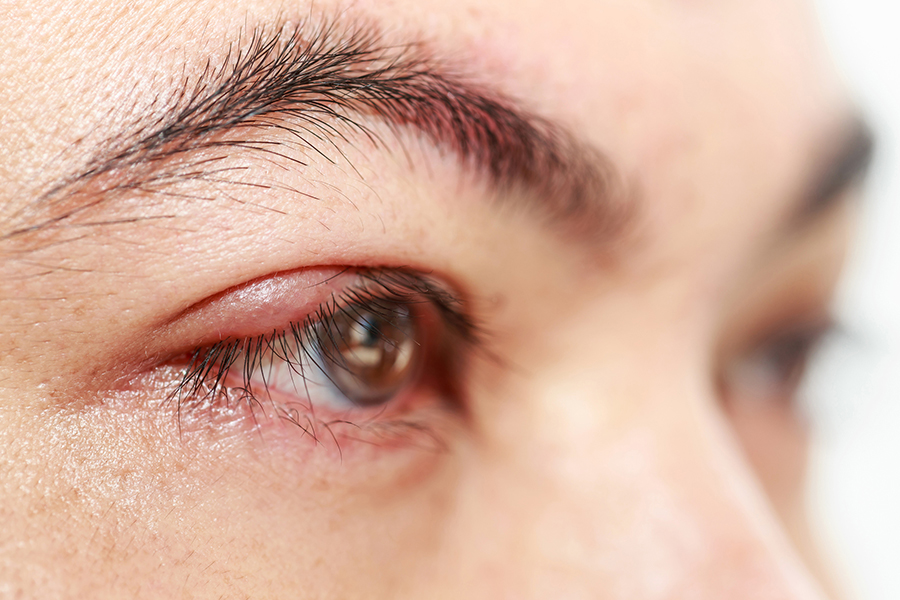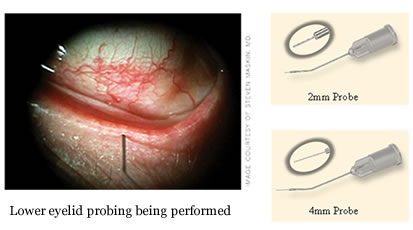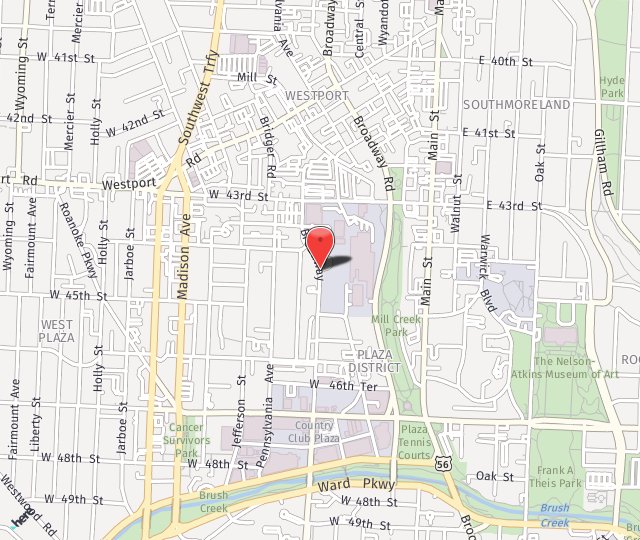Blepharitis


Blepharitis is an inflammation of the eyelid margins. This may be due to infection of the eyelid or excess oil production. An accurate diagnosis of the type of blepharitis is necessary to determine the most effective treatment.
TYPES OF BLEPHARITIS



Some patients have bacteria (germs) growing on the involved lids. Common findings in this type of “anterior blepharitis” are scaly skin flakes along the eyelid margins and dried crusts sticking to the lashes. Accumulation of this material causes the eyelid margins to redden, stick together and can alter the growth of the eyelashes or cause lashes to fall out. When crusts get into the tear film, a gritty sensation occurs that can lead to rubbing, which worsens the already red, irritated eyes. Sometimes, infection of the lids develops in addition to the “mechanical” irritation caused by the crusting, recognizable by a thick mucoid discharge and “sticky lids” all day.
“Posterior blepharitis” or “meibomitis” is caused by improper function of the oil glands located along the eyelid margins. Many patients with this form of blepharitis have dandruff, acne or other general skin conditions such as seborrhea. Acne Rosacea is a frequent co-existing problem.
Burning, stinging, blurred vision and redness are common, as are roughened eyelids and mucous debris accumulation during sleep. The ducts which carry oil from the gland to the tear film can become blocked from the thick, abnormal oil. Infection, (a stye), or inflammation (a chalazion) can develop after a duct is blocked.
TREATMENT RECOMMENDATIONS
EYELID CLEANSING
One of the best ways to relieve the symptoms associated with anterior blepharitis is to carefully clean the eyelids of accumulated crusts. Until the crusts are eliminated, comfort is unlikely to be achieved. Daily lid cleaning, using the specific technique recommended for you is the cornerstone of controlling symptoms of blepharitis. Different methods of lid cleaning are recommended for the two types of blepharitis.
For posterior blepharitis, medications taken by mouth are useful to thin or alter the oil composition of the glands. Tetracycline, or doxycycline may be recommended to help thin the excessively thick oils. These drugs have anti-inflammatory effects in addition to their antibiotic activity. Side effects may occur in some individuals, including skin rash, slight nausea and especially increased sensitivity to sunburn. Following the initial treatment course, the medication dosage may be slowly decreased. This is usually based on tolerance and improvement of your eye condition.
RESULTS OF TREATMENT
Blepharitis is a chronic condition. It is our goal that with treatment, your symptoms will be controlled so as not to interfere with your day to day activities. Often, several weeks of treatment are required before you will achieve benefit from the course of therapy recommended. Different eyedrops or ointments may be used at different times, and a prolonged treatment schedule is sometimes necessary.
MEIBOMIAN GLAND DUCT PROBING
A new method of relieving the obstruction to the flow of oil from the meibomian gland has recently been shown to offer marked relief of symptoms. This technique, developed by Dr. Steven L. Maskin of Tampa, Florida, involves an in-office treatment using tiny stainless steel probes (measuring only millimeters in length) to break up adhesions and fibrotic bands within the duct of the glands. Because the duct openings are extremely small and there are 20-30 ducts in each eyelid, this treatment takes some time to perform. Because eyelids in patients with meibomitis are often tender and sore, it may be necessary to perform the treatment in stages over several weeks. The eyelid is numbed before the treatment, which is performed in the office. Benefits reported by patients who have had this procedure performed include:
- Relief from lid tenderness
- Increased lubrication
- Less friction
- Improved lid blinking comfort
- Less need for artificial tears
- Decreased light sensitivity
- Improved vision
- Decreased gumminess and filminess
- Decreased lid heaviness
While results cannot be guaranteed, meibomian gland duct probing is an exciting advance in our ability to treat this chronic irritating condition.




